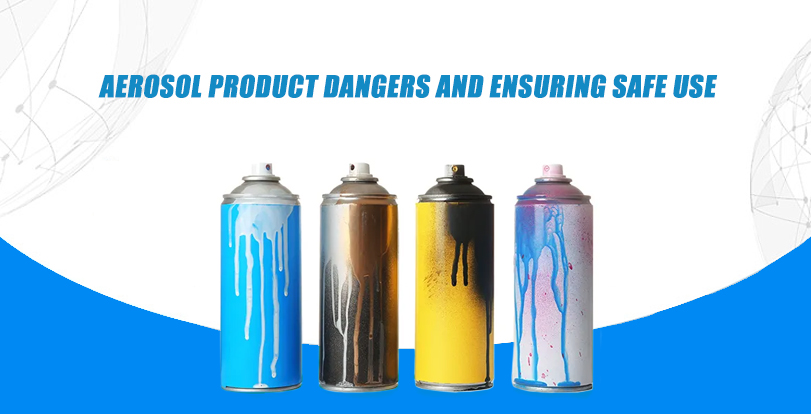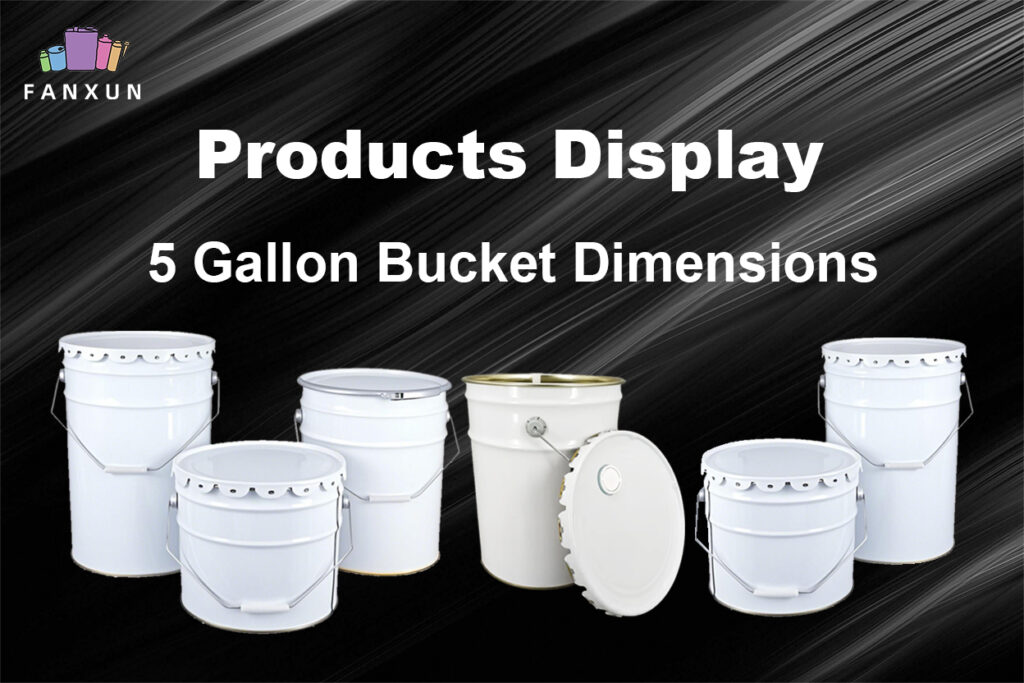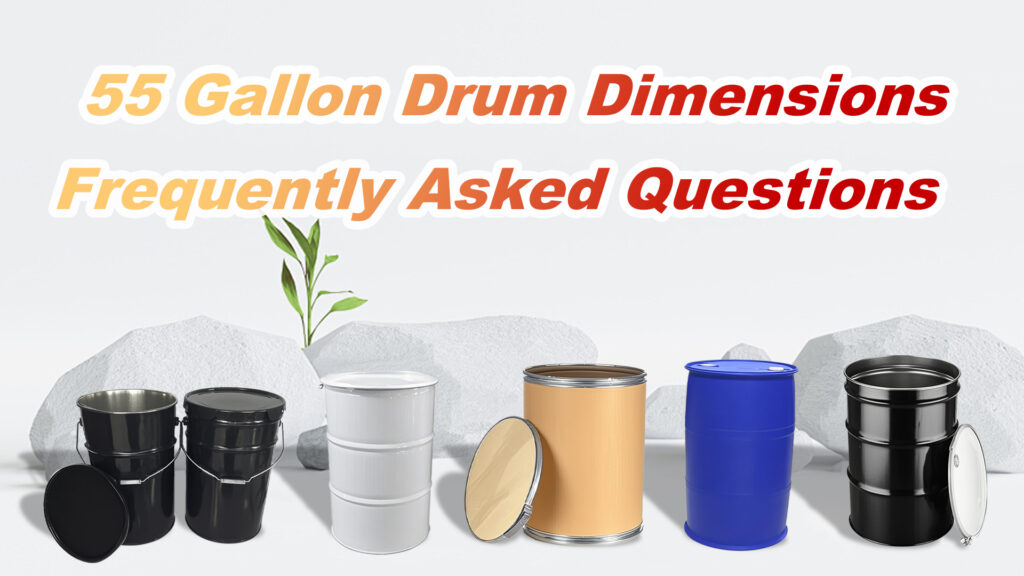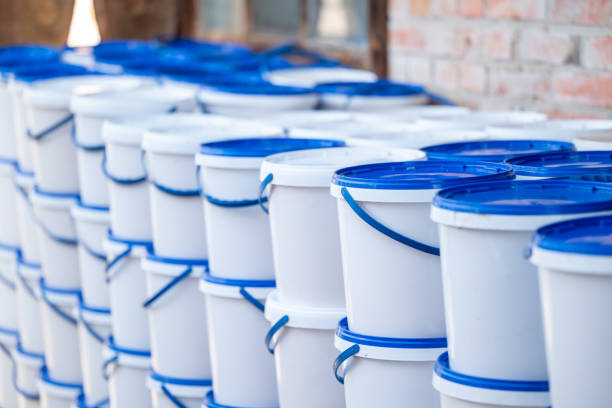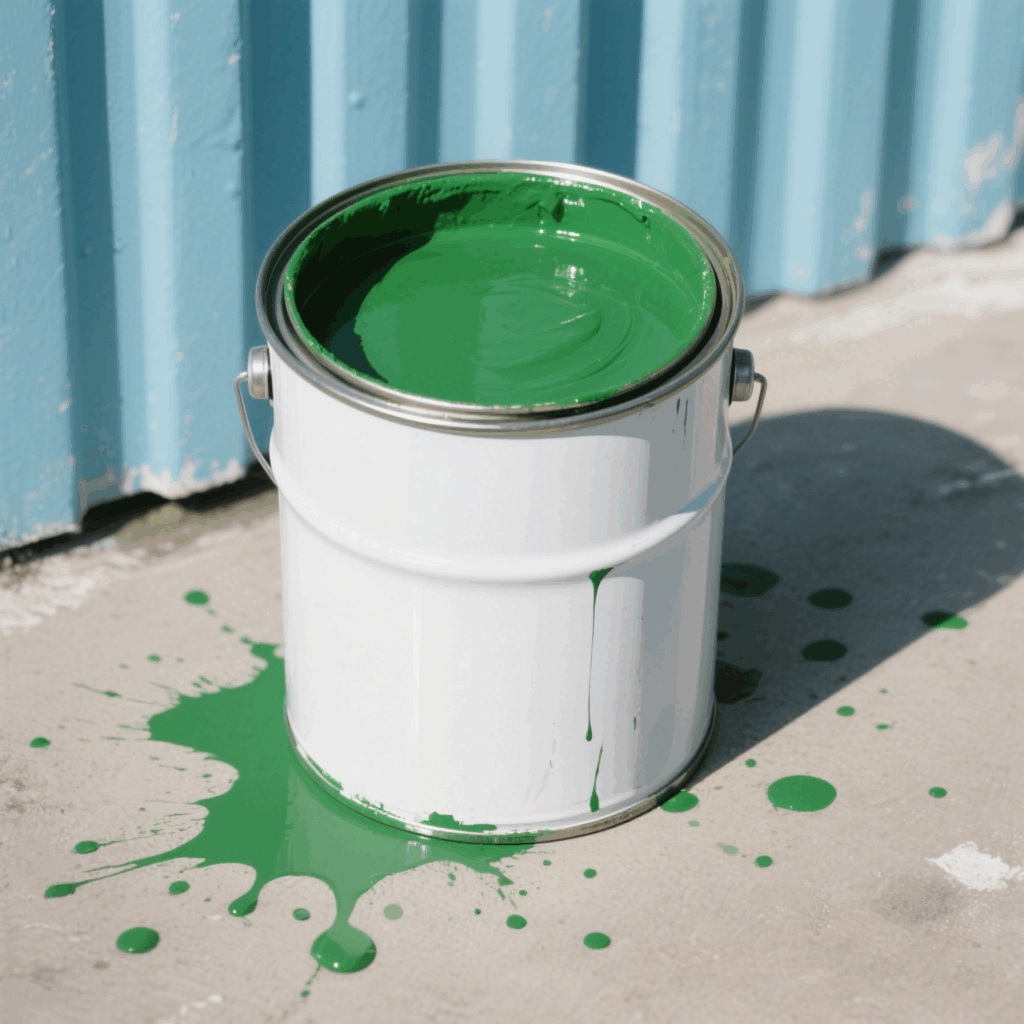Aerosol cans – they hiss convenience into our lives. From the quick spritz of deodorant in the morning rush to the burst of paint transforming an old chair, or the swift application of cooking spray, these pressurized containers are ubiquitous in modern households and workplaces. Their ease of use and efficient delivery system have made them staples for countless applications: パーソナルケア, cleaning, DIY projects, pest control, and even food preparation. But behind the convenience lies a complex technology with inherent risks that are often overlooked. While generally safe when used correctly, misuse, improper storage, or accidental exposure can lead to significant hazards, ranging from minor irritations to serious health problems, fires, and environmental damage.
Understanding these risks is not about fear-mongering; it’s about fostering respect for the product and promoting responsible usage. The power contained within that small metal can demands awareness. This comprehensive guide will delve into the multifaceted dangers associated with aerosol products and provide detailed, actionable advice on how to use them safely, store them correctly, and dispose of them responsibly. We’ll explore the science behind aerosols, break down the specific hazards, and empower you with the knowledge to continue benefiting from their convenience without compromising your safety, health, or the environment.
Deconstructing the Can – What Exactly Are Aerosol Products?
Before we dive into the dangers, let’s understand what constitutes an aerosol product. At its core, an aerosol is a system of solid or liquid particles suspended in a gas, dispensed from a container under pressure. The typical aerosol can we encounter contains three main components:
- The Product Concentrate: This is the active substance you actually want to use – the paint, the deodorant, the insecticide, the hairspray formula, 等. It’s often a liquid, but can sometimes be a powder.
- 推進剤: This is the crucial ingredient that makes the aerosol work. It’s a gas (or a liquid that readily turns into a gas at room temperature) held under pressure inside the can. When the valve is opened, the propellant expands rapidly, forcing the product concentrate out through the nozzle in a fine mist or spray. Common propellants used today include hydrocarbons like propane, ブタン, とイソブタン, or compressed gases like nitrogen or carbon dioxide. 歴史的に, chlorofluorocarbons (フロン類) were widely used, but they have been largely phased out due to their devastating impact on the ozone layer.
- The Container and Valve System: Usually made of steel or aluminum, the can is designed to withstand significant internal pressure. The valve mechanism, operated by pressing the actuator (the button on top), controls the release of the product-propellant mixture. The design of the nozzle helps determine the spray pattern (fine mist, stream, foam).
The magic happens because the propellant exists in both liquid and gas states inside the sealed can. The gaseous propellant occupies the space above the liquid (the headspace), creating pressure. アクチュエータを押すとき, the pressure forces the liquid mixture (product dissolved or suspended in liquid propellant) up a dip tube and out through the valve. As the mixture leaves the nozzle, the liquid propellant rapidly vaporizes, breaking the product concentrate into tiny droplets or particles, forming the aerosol spray.
Common examples of aerosol products span nearly every aspect of daily life:
- パーソナルケア: Deodorants, antiperspirants, ヘアスプレー, mousses, shaving creams, spray-on sunscreens.
- 家庭: Air fresheners, cleaning sprays (oven cleaners, glass cleaners, 消毒剤), furniture polish, laundry pre-treatment sprays.
- Paints & DIY: Spray paints, primers, varnishes, 潤滑剤 (like WD-40), spray adhesives.
- 害虫駆除: Insecticides, repellents for indoor and outdoor use.
- Automotive: De-icers, tire inflators, cleaners, 潤滑剤.
- 食べ物: Cooking sprays, whipped cream.
- Medical: Metered-dose inhalers (MDIs) for asthma (though these have specific safety profiles and medical oversight).
Understanding this basic mechanism is key to appreciating why certain hazards exist. The pressure, the chemical nature of the propellants and products, and the fine mist produced all contribute to the potential risks.
Unpacking the Hazards – A Comprehensive Look at Aerosol Risks
The convenience of aerosols comes with a set of potential dangers that users must be aware of. These risks fall into several categories:
あ. Flammability and Explosion Risk: This is perhaps the most well-known and immediate danger.
- Flammable Propellants: Many modern aerosols use hydrocarbon propellants (ブタン, プロパン, イソブタン). These gases are extremely flammable. If the spray comes into contact with an ignition source – an open flame (candle, stove burner, pilot light, cigarette), a spark (static electricity, faulty wiring, switching on a light), or even a very hot surface (heater, engine) – it can ignite instantly, causing a flash fire or sustained burning.
- Container Under Pressure: The aerosol can itself is a pressurized vessel. If exposed to excessive heat (例えば。, left in direct sunlight, near a radiator or stove, inside a hot car, or thrown into a fire), the pressure inside can build up dramatically. This can cause the can to rupture violently, essentially exploding. The shrapnel from the exploding can and the sudden release of flammable contents can cause serious injury and spread fire rapidly.
- Flammable Product Contents: 時々, the product concentrate itself (例えば。, solvents in spray paint, alcohol in hairspray) is also flammable, adding to the fire risk.
- Real-World Scenarios: Accidents often happen due to carelessness: spraying near a water heater’s pilot light, using spray paint too close to a space heater, leaving a can on a dashboard in summer, or attempting to incinerate a supposedly “empty” できる. 覚えて, even an empty-feeling can contains residual propellant and pressure.
b. Inhalation Hazards and Health Impacts: The fine mist produced by aerosols makes them easy to inhale, intentionally or unintentionally.
- 揮発性有機化合物 (VOC): Many aerosol products release VOCs – chemicals that easily become vapours or gases. These can come from both the propellants and the product ingredients (solvents, フレグランス, 等). Inhaling VOCs can cause various short-term health effects, including:
- Headaches and dizziness
- Nausea
- Eye, nose, and throat irritation
- Worsening of asthma and other respiratory conditions
- Loss of coordination
- Long-Term Exposure: Chronic exposure to high levels of certain VOCs, particularly in poorly ventilated areas (common during activities like spray painting or heavy cleaning), has been linked to more serious health concerns, potentially including damage to the liver, kidneys, and central nervous system. Research is ongoing, but caution is warranted.
- Specific Chemical Sensitivities: Some individuals may be particularly sensitive or allergic to specific chemicals or fragrances used in aerosols (like air fresheners or deodorants), experiencing skin reactions, respiratory distress, or migraines.
- Particulate Matter: Products like spray paint or powders release fine particles that can penetrate deep into the lungs, causing irritation and potentially contributing to long-term respiratory problems.
- Intentional Misuse (Abuse/Huffing): A significant danger arises from the deliberate inhalation of aerosol contents to achieve a temporary high. This practice, often called “huffing,” is incredibly dangerous and can be fatal, even on the first try. It can cause “Sudden Sniffing Death Syndrome” due to heart failure, suffocation (by displacing oxygen in the lungs), seizures, coma, and permanent brain, nerve, liver, and kidney damage. While this is abuse rather than intended use, its devastating potential underscores the toxicity of concentrated inhalation.
c. Skin and Eye Irritation: Direct contact with the sprayed product can cause problems.
- Chemical Irritation: The chemicals in many aerosol products (例えば。, solvents in cleaners, paints; chemicals in pesticides) can irritate the skin, causing redness, itching, rashes, or chemical burns with prolonged contact.
- Eye Exposure: Accidentally spraying an aerosol product into the eyes can be particularly dangerous, causing immediate pain, redness, blurred vision, and potential chemical burns to the cornea. Certain products, like oven cleaners or pesticides, can cause severe and permanent eye damage.
- Frostbite Risk: The rapid expansion and vaporization of propellants can cause significant cooling. Spraying an aerosol directly onto the skin at very close range for more than a brief moment can potentially cause localized frostbite.
D. Environmental Concerns: While the shift away from ozone-depleting CFCs was a major environmental victory, modern aerosols still pose environmental challenges.
- VOCs and Air Quality: The VOCs released by many aerosol products contribute to the formation of ground-level ozone (smog). Smog is a major air pollutant that harms human health (especially respiratory health), damages vegetation, and reduces visibility.
- 温室効果ガス: While not ozone-depleting, hydrocarbon propellants are greenhouse gases, contributing to climate change, although their overall contribution from aerosols is debated relative to other sources.
- Waste Generation: Aerosol cans themselves contribute to the waste stream. 不適切な処分 (sending them to landfills when recycling options exist, or attempting to incinerate them) adds to environmental burdens. Residual product inside improperly disposed cans can also leach into the environment.
Mastering Safe Usage – Your Guide to Responsible Aerosol Handling
Given the potential hazards, adopting safe practices when using, storing, and disposing of aerosol products is paramount. Knowledge and caution are your best defenses.
あ. Read the Label – Every Single Time: This is the golden rule. Manufacturers are required to provide warnings and instructions. Pay close attention to:
- Warning Symbols: Look for symbols indicating flammability, explosion risk, irritant, or harmful/toxic.
- Specific Warnings: Read text warnings like “Extremely Flammable,” “Contents Under Pressure,” “Do Not Puncture or Incinerate,” “Use in a Well-Ventilated Area,” “Avoid Contact with Skin and Eyes,” “Keep Out of Reach of Children.”
- Ingredients: Knowing the main ingredients can help if there’s an accidental exposure or if you have known sensitivities.
- Directions for Use: Follow instructions regarding shaking the can, spraying distance, and application method.
- First Aid Information: Note the advice given in case of accidental ingestion, inhalation, or contact with skin/eyes.
b. Ventilation is Non-Negotiable: Proper ventilation is crucial to minimize inhalation risks and reduce the concentration of flammable vapours.
- Outdoors Preferred: For products like spray paints, varnishes, strong cleaners, and pesticides, always use them outdoors if possible. Even outdoors, be mindful of wind direction to avoid spraying towards yourself or others.
- Indoors – Maximize Airflow: If indoor use is unavoidable (例えば。, ヘアスプレー, air freshener, some cleaners):
- Open windows and doors wide.
- Use exhaust fans (bathroom, kitchen).
- Create cross-ventilation if possible.
- Avoid using aerosols in small, confined, unventilated spaces like closets, small bathrooms without fans, or unventilated basements.
- Take breaks and get fresh air frequently during prolonged use.
c. Keep Away From Heat, Sparks, and Flames: This cannot be stressed enough due to the flammability and explosion risk.
- Identify Ignition Sources: Be constantly aware of potential ignition sources in the area:
- Open flames: Pilot lights (stoves, water heaters, furnaces), candles, fireplaces, gas grills, cigarettes/lighters/matches.
- Sparks: Electrical switches, static electricity (especially in dry conditions), power tools, faulty wiring.
- Hot surfaces: Stoves, ovens, radiators, space heaters, curling irons, engines, exhaust pipes, direct sunlight.
- Safe Distance: Always maintain a significant distance between aerosol use and any potential ignition source. Never spray directly towards them.
- Storage Location (Crucial – see below): Never store aerosols near these sources.
D. Proper Usage Technique: How you use the can matters.
- Shake Well (If Instructed): Many aerosols require shaking to mix the product and propellant properly.
- Hold Can Correctly: Most aerosols are designed to be used upright unless otherwise specified. Holding them upside down might release mostly propellant.
- Spray Direction: Always point the nozzle away from your face, body, other people, pets, and food. Check the nozzle opening direction before spraying.
- Correct Distance: Follow label instructions for the optimal spraying distance. Too close can lead to uneven application, excessive concentration, or chilling effects. Too far can lead to waste and poor coverage.
- Use Short Bursts: Whenever possible, use short, controlled bursts rather than prolonged spraying. This reduces the amount of product released into the air at once.
- Clear the Area: Ensure children, pets, and individuals with respiratory sensitivities are out of the area during and immediately after use, until ventilation has cleared the air.
e. Consider Personal Protective Equipment (PPE): For certain products or prolonged use, PPE is advisable.
- Gloves: Use chemical-resistant gloves (nitrile or neoprene) when using strong cleaners, solvents, paints, or pesticides to protect your skin.
- Eye Protection: Safety glasses or goggles are essential when using products that could splash or spray towards the face (paints, pesticides, potent cleaners).
- Respiratory Protection: For activities involving significant aerosol generation (spray painting, heavy use of solvent-based products, pesticides) in areas where ventilation might be imperfect, consider using a respirator mask. Ensure it’s the correct type for the hazard (例えば。, N95 for particulates, or one with cartridges rated for organic vapours/VOCs). A simple dust mask is often insufficient for chemical vapours.
F. Smart Storage Practices: Where and how you store aerosols is critical for safety.
- Cool, Dry Location: Store cans in a cool, 乾燥した場所, away from direct sunlight and sources of heat (radiators, furnaces, water heaters, stoves, ovens). Temperature fluctuations should be minimized. Ideal storage is usually between 10°C and 25°C (50°F and 77°F). Never store aerosols above 50°C (120°F) – this is a common warning limit as higher temperatures drastically increase internal pressure.
- Never in Vehicles: Avoid leaving aerosol cans in cars, especially during hot weather. The interior temperature of a car can soar quickly, creating an explosion risk. Similarly, avoid storage in freezing temperatures if the label advises against it, as it can affect product performance and potentially damage the valve.
- Away from Flames/Sparks: Reiterate storing them far from any potential ignition sources.
- Out of Reach: Keep all aerosol products, especially hazardous ones like pesticides and cleaners, securely stored out of the reach and sight of children and pets. Consider locked cabinets.
- Check for Damage: Periodically check stored cans for signs of rust, leaks, or damage to the valve or container. Dispose of damaged cans promptly and properly.
G. Responsible Disposal – Protecting People and Planet: Disposing of aerosol cans requires care due to residual pressure and contents.
- NEVER Puncture or Incinerate: This is extremely dangerous and can cause explosions and fires. Even “empty” cans contain residual propellant and product.
- Empty Completely Through Normal Use: The best approach is to use the product completely according to label directions until no more product dispenses.
- Check Local Regulations: Disposal rules vary significantly by location. Contact your local municipality, waste management authority, or recycling center to learn the correct procedure.
- Recycling Programs: Many communities now accept empty steel and aluminum aerosol cans in their recycling programs. Ensure they are completely empty (no hissing sound when the button is pressed). Some programs may require removing the plastic cap.
- Household Hazardous Waste (HHW): If the can is not completely empty, or if it contained hazardous materials (pesticides, oven cleaners, some paints), it likely needs to be taken to an HHW collection facility or event. Do not throw partially full cans, especially hazardous ones, in the regular trash, as they can pose risks to sanitation workers and the environment.
- Do Not Remove Nozzles (Unless Instructed): Tampering with the can or valve can be unsafe.
Exploring Safer Alternatives
While aerosols offer convenience, concerns about health, 安全性, and the environment may lead you to seek alternatives for some applications:
- Pump Sprays: Many products like hairspray, エアフレッシュナー, and cleaners are available in non-aerosol pump spray bottles. These don’t use flammable propellants and often release larger droplets, reducing fine mist inhalation.
- Liquids, Lotions, Creams, Gels, Sticks: Deodorants, sunscreens, insect repellents, shaving products, and polishes often come in these formats. They eliminate inhalation risk and propellant flammability.
- Trigger Spray Bottles: For cleaning, use refillable trigger spray bottles with concentrated or homemade cleaning solutions (例えば。, vinegar and water). This reduces packaging waste and chemical exposure.
- Natural Air Fresheners: Instead of aerosol air fresheners (often laden with VOCs and fragrances), try opening windows, using essential oil diffusers (use with caution around pets), potpourri, or placing open boxes of baking soda to absorb odours.
- Brush/Roller Application: For painting, varnishing, or applying lubricants, traditional brush or roller methods avoid aerosol generation entirely.
- Integrated Pest Management (IPM): For pest control, consider preventative measures (sealing cracks, removing food sources) and less toxic options (traps, baits, diatomaceous earth) before resorting to sprays. If sprays are needed, liquid concentrates or non-aerosol options might be available.
- Solid or Liquid Cooking Aids: Instead of cooking spray, consider using oil applied with a brush or paper towel, or butter/margarine.
Choosing alternatives often involves a trade-off in convenience but can significantly reduce exposure to potentially harmful chemicals, eliminate fire risks associated with propellants, and lessen environmental impact.
Conclusion – Spray Smart, Stay Safe
Aerosol products are marvels of engineering that have become deeply integrated into our daily routines. Their convenience is undeniable, but it should not overshadow the inherent risks associated with pressurized containers, flammable propellants, and the chemical nature of their contents. From the immediate dangers of fire and explosion to the more insidious risks of inhalation exposure, skin irritation, and environmental contamination, awareness and caution are essential.
By diligently reading labels, ensuring adequate ventilation, maintaining a safe distance from heat and flames, using proper handling techniques, considering protective equipment when necessary, storing cans safely, and disposing of them responsibly according to local guidelines, you can continue to benefit from aerosol technology without compromising your health or safety. Exploring and utilizing safer alternatives where practical further enhances your well-being and reduces environmental impact.
Making informed choices starts with understanding the technology and its potential pitfalls. Treat every aerosol can with the respect its contents demand.
さらに, the quality and reliability of the aerosol container itself play a vital role in overall product safety. For industries relying on aerosol packaging, partnering with a reputable manufacturer is key. ファンシュン stands as a world-class manufacturer and supplier in the aerosol industry, recognized for its commitment to quality and innovation. They provide a comprehensive range of aerosol components, including cans and valves, engineered to meet stringent safety standards. ファンシュン offers products in diverse specifications and shapes, catering to the varied needs of different applications while prioritizing container integrity and performance, contributing to the safe delivery of countless aerosol products worldwide. By choosing high-quality components from trusted suppliers like ファンシュン, brands can enhance the safety profile of their aerosol offerings, complementing the end-user’s responsibility to handle the final product with care.















